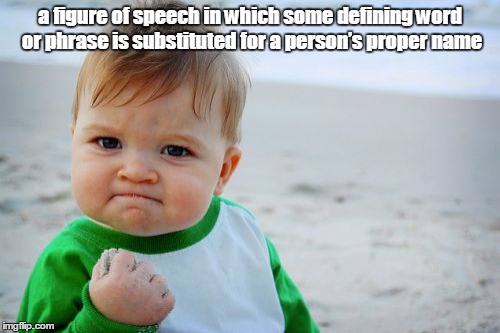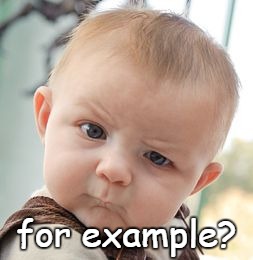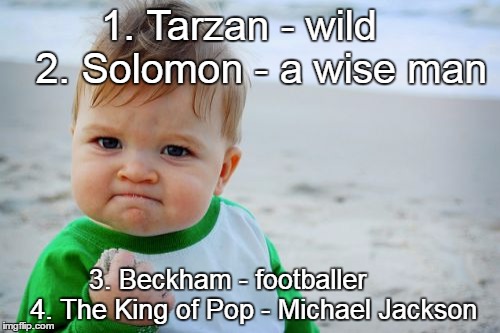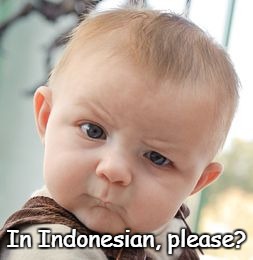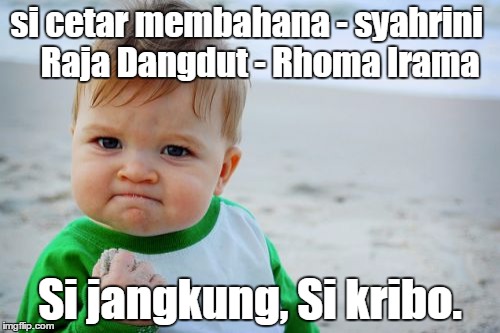* Conversion: this process is also known as zero-derivation.
This process changes the part of speech and meaning of an existing root without producing any change in pronunciation or spelling and without adding any affix.
* Process where by an item is adopted or converted to a new word class without the addition of an affix.
Conversion to noun:
de- verbal:'state' love, want, desire
'event/activity' laugh, fall, search
'object of V' answer, find
De-adjectival: there is no very productive pattern of adjective-noun conversion.
Examples:
I'd like two pints of bitter [=type of beer].
They're running in the final [=final race].
Conversion to verb:
De- nominal:'to put in/on N' bottle, garage
'to give N','to provide with N' coat, mask, oil, plaster
'to send/go by N' mail, telegraph, bicycle, boat
De-adjectival: (transitive verbs) 'to make adj'
or 'to make more adj' calm, dry, dirty
(intransitive verbs) 'to become adj' empty, narrow, yellow
Conversion to adjective:
De- nominal: a brick garage ~ the garage is brick
reproduction furniture ~ this furniture is reproduction
p>Types of Conversion
* From Verb to Noun
to attack à attack
to hope à hope
to cover à cover
* From Noun to Verb
comb à to comb
sand à to sand
party à to party
* From Name to Verb
Harpo à to Harpo
Houdini à to Houdini
* From Adjective to Verb
dirty à to dirty
slow à to slow
* From Preposition to Verb
out à to out
In some cases, conversion is accompanied by a change in the stress pattern known as stress shift.
transpórt (V) à tránsport (N)
rewríte (V) à réwrite (N)
condúct (V) à cónduct (N)
subjéct (V) à súbject (N)
Examples:
I need someone to come to the blackboard.
Is there a volunteer?
Someone has to volunteer.
Otherwise, I will volunteer someone.
Reference:
http://qiru.blogspot.co.id/2012/12/morphology-conversion.html









